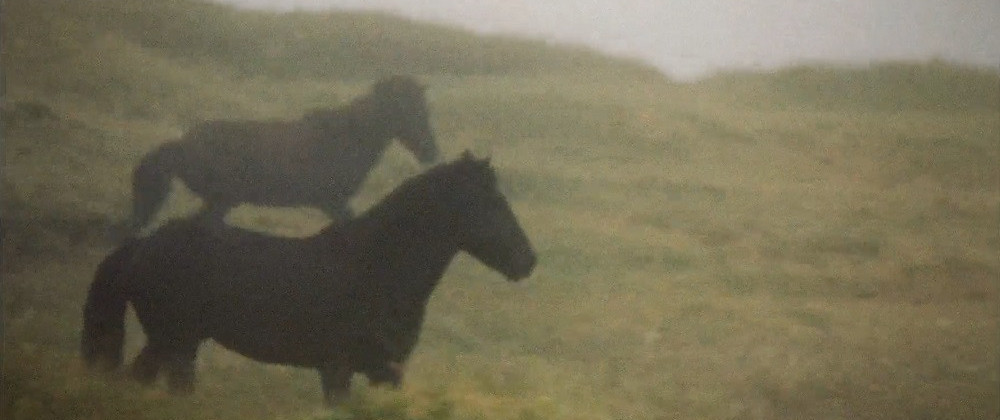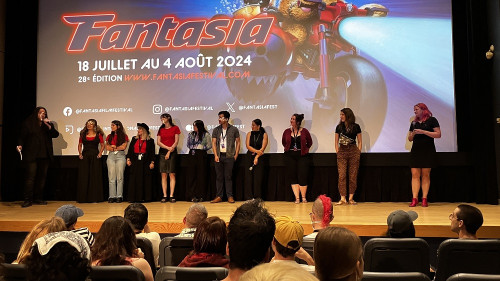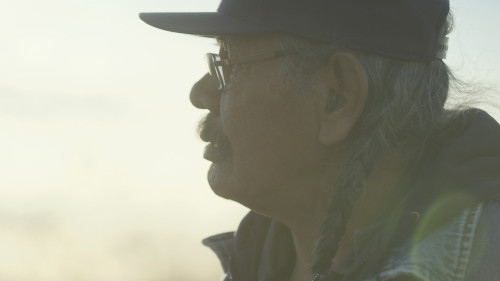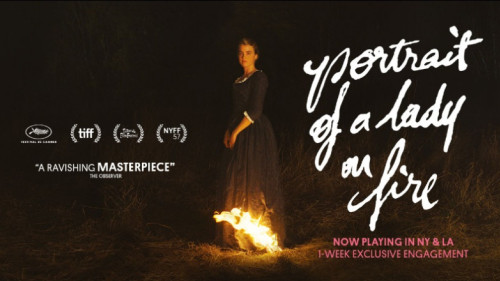Volume 27, Issue 3-4-5 / March–May 2023
Architecture, Tarkovsky, Documentary, and Book Reviews
In this issue
-
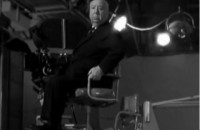
Hitch on Hitch, or a parade of cameos
-
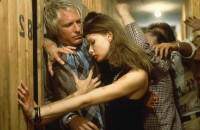
“It belongs to you and your fellow passengers alone”: on Shivers (1975), Nuns’ Island, Mies van der Rohe, and Montreal’s haunted utopian urbanism
-
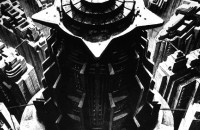
Metropolis or: the insidious nature of Fascism
-
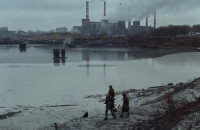
Zones: Post-industrial aesthetics and environments after Stalker
-
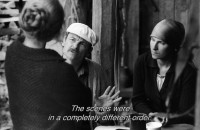
Andrey Tarkovsky: A Cinema of Prayer (Andrey A. Tarkovsky, 2019)
-
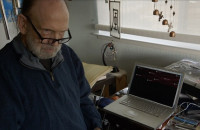
An essayistic contemplation on humanity and artificial creativity in Opus Cope: An Algorithmic Opera (2021)
-

Mockumentary in the Hands of Peter Watkins
-

Citizenfour: Decrypting State Voyeurism
-
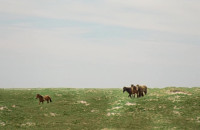
Celluloid and Other Intimacies in Geographies of Solitude
-
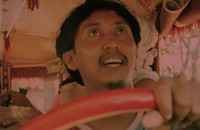
Perfumed Nightmare (1980), dir. Kiplat Tahimik
-
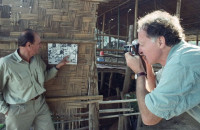
Descriptive Audio: Direct Address in Banksy’s Exit Through the Gift Shop and Werner Herzog’s Little Dieter Needs to Fly
-

Reporting from the Retail Apocalypse: A Review of Point of Sale: Analyzing Media Retail Book Review
-
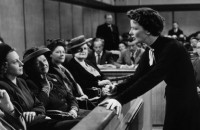
In Search of Home: Cultural Traditions and Richard Deming’s book The Art of the Ordinary: The Everyday Domain of Art, Film, Philosophy, and Poetry
-
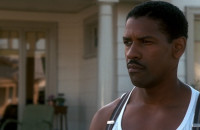
Los Angeles Eats Itself: L.A. Private Eyes and the Hard Boiled Tradition
-

The Big Goodbye: Chinatown and the Last Years of Hollywood
This triple issue begins with an addendum of sorts to the last issue, with a playful audio-visual essay featuring every Alfred Hitchcock cameo, matched up with Hitchcock audio snippets. Architecture as a backdrop or thematic marker is featured in two essays. Hannah Ferguson looks at how Montreal’s urban history in the 1960s and 1970s informs the setting of David Croneberg’s horror classic Shivers, filmed in Montreal’s Nun’s Island (Île des Soeurs), featuring the commissioned work of German-American architecture Mies van der Rohe. The groundbreaking futurist production design and architecture of Fritz Lang’s Metropolis only serves as backdrop (and literal background) to Angel Leonardo Peña’s ideological reading of the film’s (often suggested) proto-fascist subtext. The issue features two pieces on Andrei Tarkovsky, one of which (by Ryan Madson) also relates to the subject of architecture. One of Tarkovsky’s most singular contributions to cinema is his vast and nuanced language for expressing the inner world of his characters. A lexicon which includes dream, memory, fantasy, imagination, stream of consciousness, hallucination, fever dream, the confluence of inner and outer spaces, and hyper-stylized treatments of the natural world. In his essay on Stalker Ryan Madson adds another important contribution of Tarkovsky’s style to our sense of cinema, especially science-fiction and dystopia: depictions of the impact of technology and industry on the natural world. To quote Madson, “The film Stalker radically advanced artistic representations of industrial and post-industrial landscapes, complicating existing aesthetic tropes while updating them for new generations of artists. In many ways we are still learning to be Tarkovsky’s contemporaries.” Since 1979 many films have represented a ruined ‘post-apocalyptic’ world, but Madson’s essay demonstrates how Stalker rises above the more generic “ruin porn” aesthetic, referencing key works of architecture in the period leading up to and immediately following the film. My own review of the film Andrey Tarkovsky: A Cinema of Prayer kicks off the issue’s documentary coverage, which makes up the middle section of this triple issue. Following this is Kathy Ou’s review of an intimate documentary on the “polymathic classical music composer and pioneer of artificial creativity” David Cope, followed by Vincenzo Nappi’s analysis of the staged documentary (mockumentary) Punishment Park, and Isaac Parkinson’s analysis of the documentary on state voyeurism, Citizenfour. These two essays by Parkinson and Nappi both center on different aspects of government control over its populace. In Nappi’s case the documentary form is borrowed to render the feel of authenticity, in Peter Watkin’s dystopian recreation the government’s desire to curb social activism reaches nightmarish proportions in Punishment Park. Parkinson looks at the question of how a citizen can best protect themselves in a world where privacy is no longer in our hands. These days it is a given that we are all being “surveilled” in one way or another. So for Parkinson (and director Laura Poitras), “the question has now become: how to conceptualise the practice of pervasive surveillance to best equip its victims with a means of understanding and resistance.” The final documentary article is about the amazing Canadian film Geographies of Solitude, by Montreal-based filmmaker Jacquelyn Mills. Mills’ camera takes us to the precious Sable Islands, 300 kilometres off of Halifax, Nova Scotia, and largely unpopulated except for government employees and one lone permanent resident, Naturalist and Environmentalist Zoe Lucas. I was struck by how much Geographies of Solitude reminded me of a fiction film I saw recently, Enys Men (2022, Welsh, Mark Jenkin). Formally, both are filmed on 16mm color stock and profit from the natural beauty of their islands, the latter the Welsh island Enys Man, which means ‘stone island’ in Welsh, the former Sable Island, which means ‘sand island’, hence both islands named after their material characteristics, which greatly informs their ecological concerns. In both films a lone women living in isolation dedicates her life to a singular labor of recording the island’s ecology. Flowers for the (fictional) woman in Enys Man, horses, insects, and debris for Zoe Lucas of Geographies of Solitude. When Zoe enters her island home we hear sounds of wind chimes that hang from her ceilings, which recalls David Cope’s studio-home, which is adorned with dozens of wind chimes. Both Opus Cope and Geographies of Solitude have instances of unorthodox music-making. In Opus Cope it is Cope’s pioneering computer, Artificial Intelligence generated music, whereas in Solitude Mills uses a specially designed contact microphone to record the vibrations of different insects (snails, ants, beetles), which are translated to music. Noah Rymer analyzes an important early post-colonial film, Perfumed Nightmare, the debut of autodidact Filipino filmmaker-actor Kidlat Tahimik, who also stars as the young jeepney driver Kidlat. Kidlat’s character recalls the postman in Jacques Tati’s Jour de Jour de fête (1949), who is enamored all things American. With his first-person voice-over and on the street camera style Kidlat gives the film a genuine documentary feel, which is periodically broken up with whimsical satirical touches. Though the preference for “showing over telling” may be the prevailing bias in fiction film, Michael Sooriyakuman argues that for documentary, at least, the opposite is most often the case. Sooriyakuman argues for the continuing effectiveness of the direct address form with an analysis of its use across two films, Banksy’s Exit Through the Gift Shop (2010), and Herzog’s Little Dieter Needs to Fly (1997). A cluster of varying book reviews ends the issue, with a review by Jordan Adler of a book that looks at the post-Pandemic state of the retail industry, Point of Sale: Analyzing Media Retail, a review of Richard Deming’s The Art of the Ordinary: The Everyday Domain of Art, Film, Philosophy, and Poetry, coupled with an interview with the author by Daniel Garrett; and Elaine Lennon’s related double book reviews, the first a study of two books that analyze the role of Los Angeles in the literary and filmic tradition of the Private Eye and Hard-Boiled detective as represented in literature and film. The second a review of Sam Wasson’s The Big Goodbye: Chinatown and the Last Years of Hollywood. (Donato Totaro, ed.)

